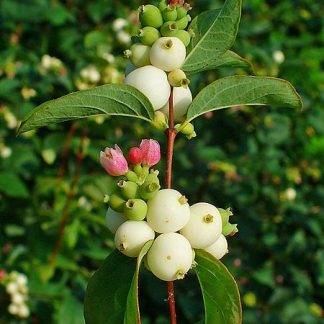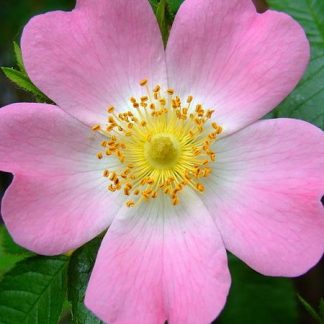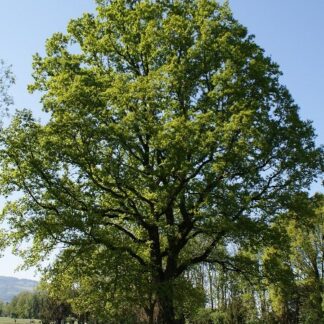Description
Fagaceae(family name)
Forage for Pollinators:Wind pollinated, so flowers not significant to most pollinators, however honeydew is produced on a large a scale so many bees and other pollinators will feed on this when other nectar sources are scarce. Also provides resins/oils for honeybees to make propolis. (Honeydew is the trees’ sap which is exuded via aphids feeding on the leaves. Many forest honeys from around the world are from honeydew, with a characteristically dark colour).
Flowering time:April, May
Growing information:LARGE DECIDUOUS TREE, native to all Europe. Grows to 20-40m (66 ft) high, by up to the same canopy width. Oaks support the largest number of other species 2,300 comprising insects, many pollinators, birds, and mammals, more than any other tree species. Furthermore new research shows it to be hugely important for future climate resilience: Johannes Wessely at the University of Vienna, Austria, and his colleagues examined 69 of the most common European tree species to assess how well they will cope with this challenge. The English oak (Quercus robur) was one of the [few] species assessed as being fit to thrive under current and future conditions across many regions, says Wessely. Importantly, the English oak “has a high importance for timber production, carbon storage and biodiversity”, he says, making it suitable for all kinds of reforestation projects across Europe (New Scientist, Madeleine Cuff, April 2024)
Tolerant and hardy to most situations and soil types, where there are currently longer, warmer summers with lower rainfall as in lowland Britain, though preferring heavier loam and close to neutral pH, this is a very long-lived canopy tree. Traditionally pigs have been allowed to forage in woodland for acorns, known as ‘pannage’, particularly in mast years.
Be sure to protect against rabbits or deer with shrub guards when planting out, or grow these seedlings on in pots, to make super gifts.
Photo courtesy : Creativecommons.org/licenses/by-sa/4.0/deed.en





